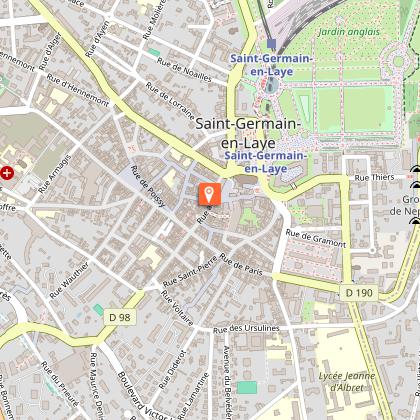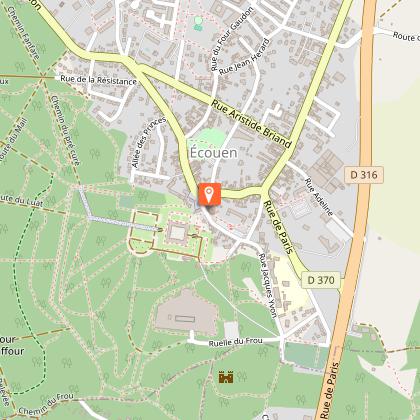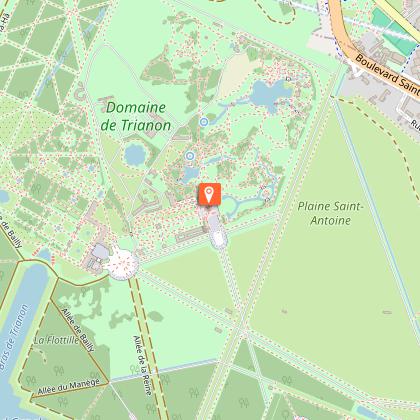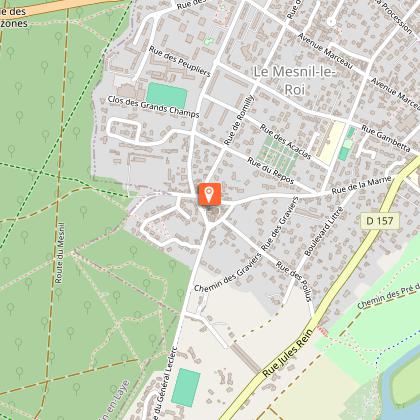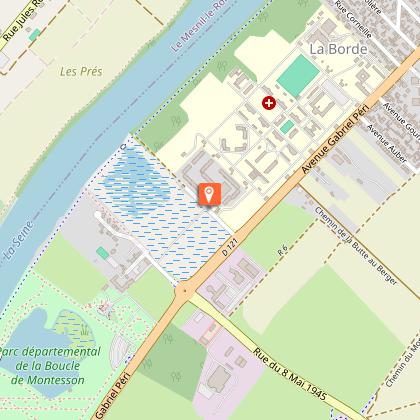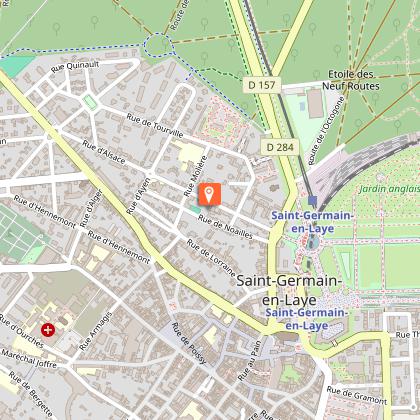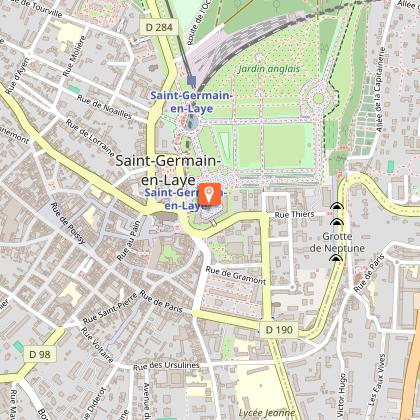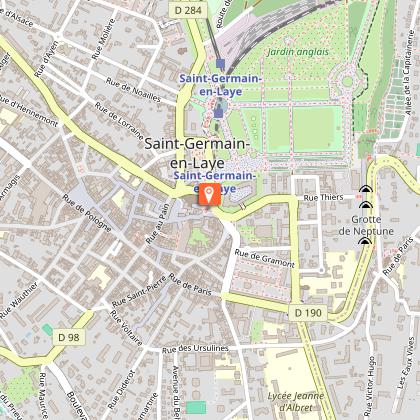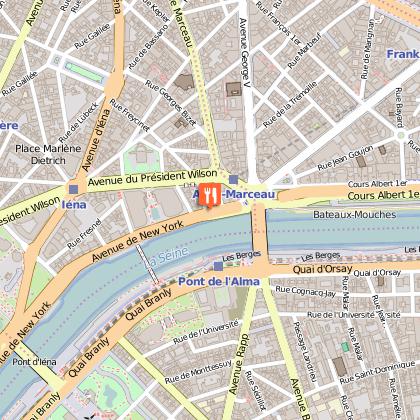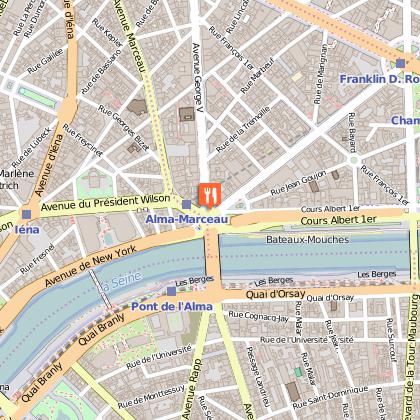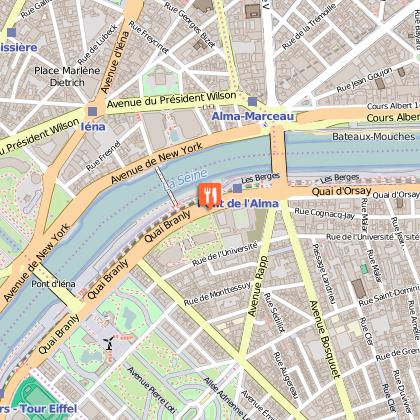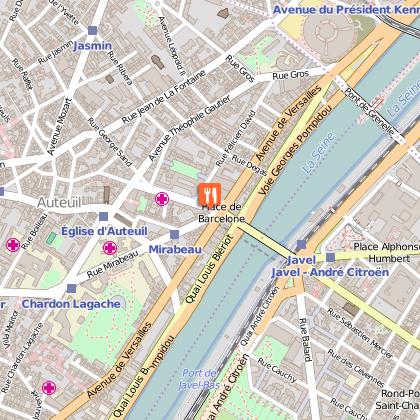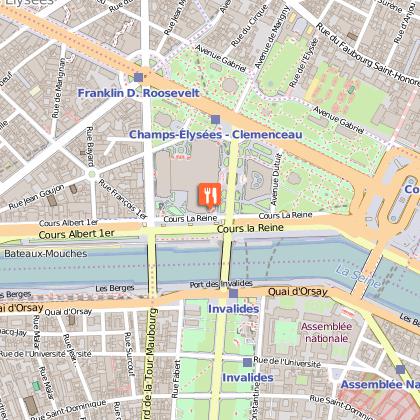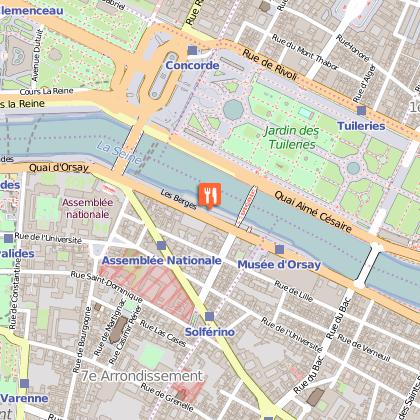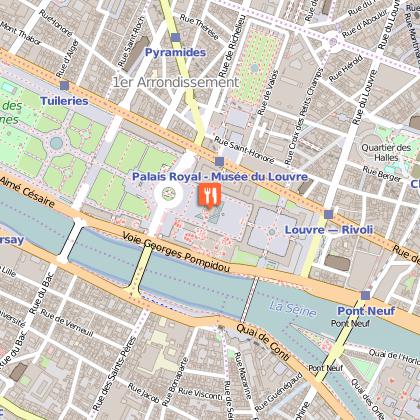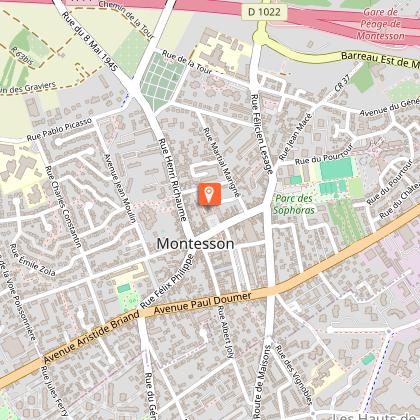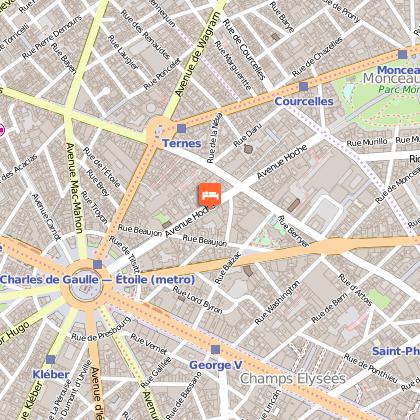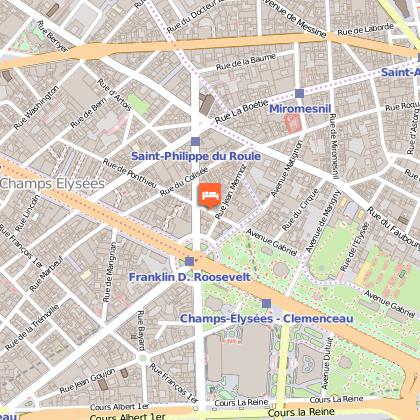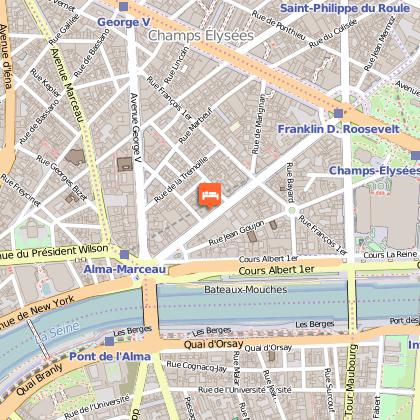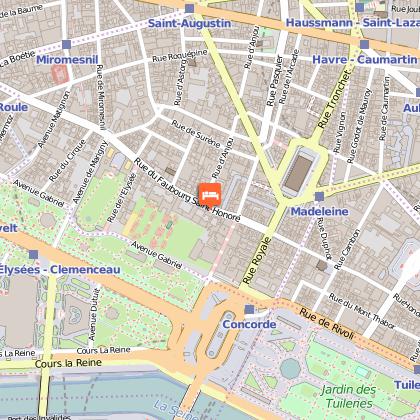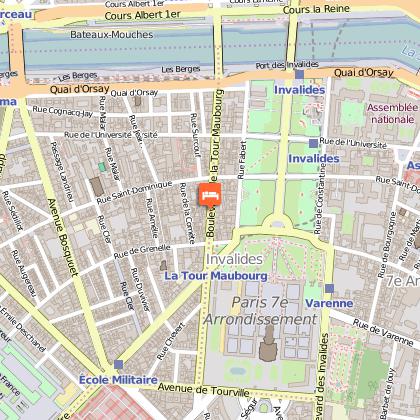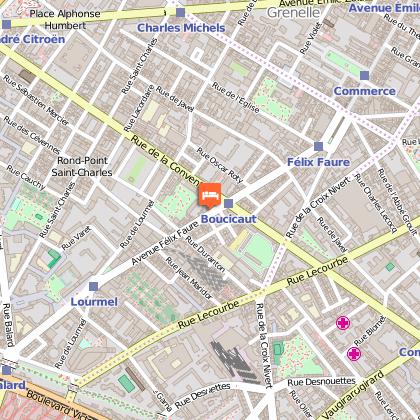Tours
Activities
Places of interest
Where to eat
Where to sleep
Explore Cergy with OLIVARIUS APART HOTEL
Are you the owner?Nestled in the beautiful region of Cergy, Val-d'Oise, Ile de France, OLIVARIUS APART HOTEL is your perfect starting point to explore local treasures. Begin your day with a peaceful stroll along the banks of the Oise River or a visit to Parc François-Mitterrand, ideal for a relaxing moment in nature. Culture enthusiasts will be delighted by a visit to the Axe Majeur, a monumental and panoramic work...See more
Walking around OLIVARIUS APART HOTEL
See more suggestionsEnjoy outdoor walks in OLIVARIUS APART HOTEL.
See more suggestionsWhat to do in OLIVARIUS APART HOTEL
See more suggestionsBook your activities in OLIVARIUS APART HOTEL now and get ready for adventure.
See more suggestionsIGN cards
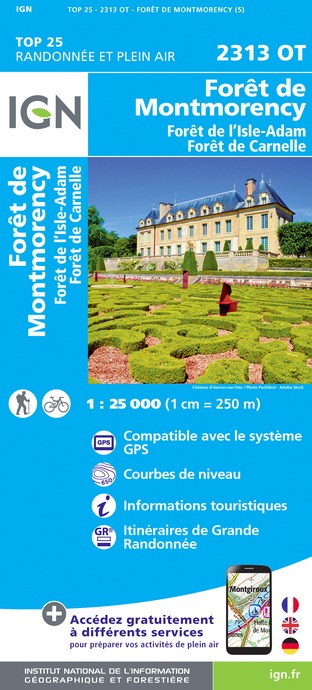
2313OT - FORÊT DE MONTMORENCY FORÊT DE L'ISLE-ADAM FORÊT DE CARNELLE
Editor : IGN
Collection : TOP 25 ET SÉRIE BLEUE
Scale : 1:25 000
13.90€
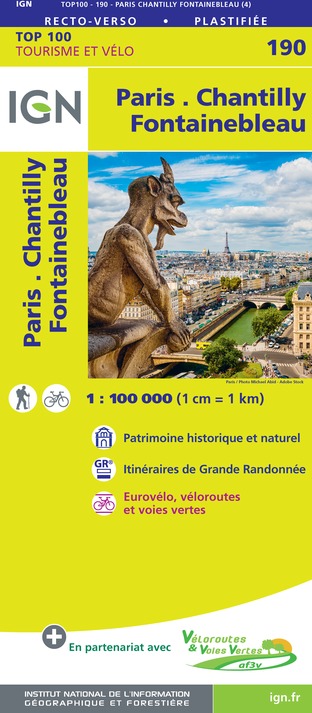
190 PARIS CHANTILLY FONTAINEBLEAU
Editor : IGN
Collection : TOP 100
Scale : 1:100 000
8.40€

108 PARIS ROUEN BEAUVAIS PNR DU VEXIN FRANÇAIS
Editor : IGN
Collection : TOP 100
Scale : 1:100 000
8.40€

D75-95 ÎLE-DE-FRANCE OUEST
Editor : IGN
Collection : CARTES DÉPARTEMENTALES IGN
Scale : 1:150 000
5.90€

D60-80 OISE SOMME
Editor : IGN
Collection : CARTES DÉPARTEMENTALES IGN
Scale : 1:150 000
5.90€

D77 SEINE-ET-MARNE
Editor : IGN
Collection : CARTES DÉPARTEMENTALES IGN
Scale : 1:150 000
5.90€

D28 EURE-ET-LOIR
Editor : IGN
Collection : CARTES DÉPARTEMENTALES IGN
Scale : 1:150 000
5.90€

D27-76 EURE SEINE-MARITIME
Editor : IGN
Collection : CARTES DÉPARTEMENTALES IGN
Scale : 1:150 000
5.90€

NR01 HAUTS-DE-FRANCE
Editor : IGN
Collection : CARTES RÉGIONALES IGN
Scale : 1:250 000
6.80€

NR03 ÍLE DE FRANCE
Editor : IGN
Collection : CARTES RÉGIONALES IGN
Scale : 1:250 000
6.80€
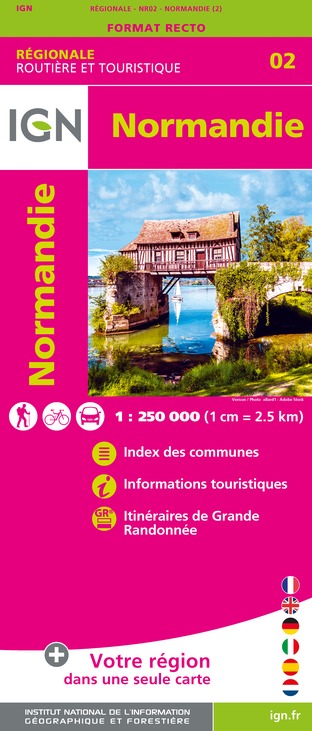
NR02 NORMANDIE
Editor : IGN
Collection : CARTES RÉGIONALES IGN
Scale : 1:250 000
6.80€

801 FRANCE NORD OUEST
Editor : IGN
Collection : CARTES NATIONALES IGN
Scale : 1:320 000
6.10€

EUROPE
Editor : IGN
Collection : DÉCOUVERTE DES PAYS DU MONDE IGN
Scale : 1:2 500 000
7.00€
What to visit in OLIVARIUS APART HOTEL
See more suggestionsRelax in the parks of OLIVARIUS APART HOTEL.
See more suggestionsWhere to eat in OLIVARIUS APART HOTEL
See more suggestionsEnjoy delicious dishes at OLIVARIUS APART HOTEL's restaurants.
See more suggestionsWhere to sleep in OLIVARIUS APART HOTEL
See more suggestionsFind lodging to suit your needs in OLIVARIUS APART HOTEL.
See more suggestions









